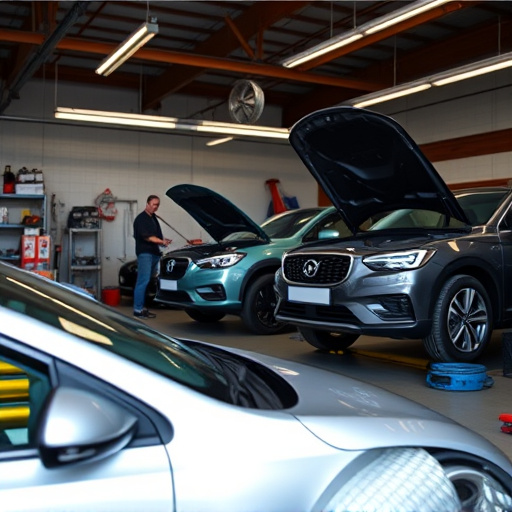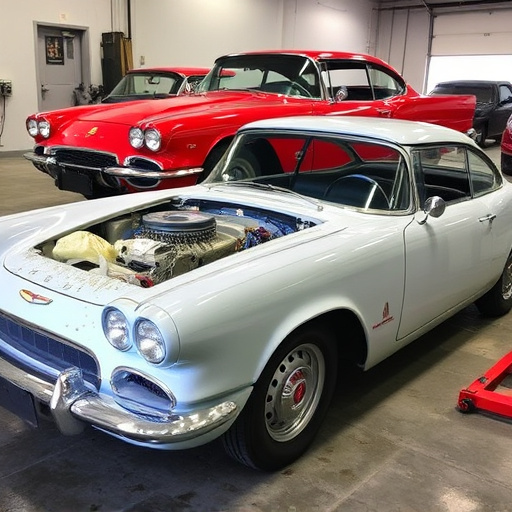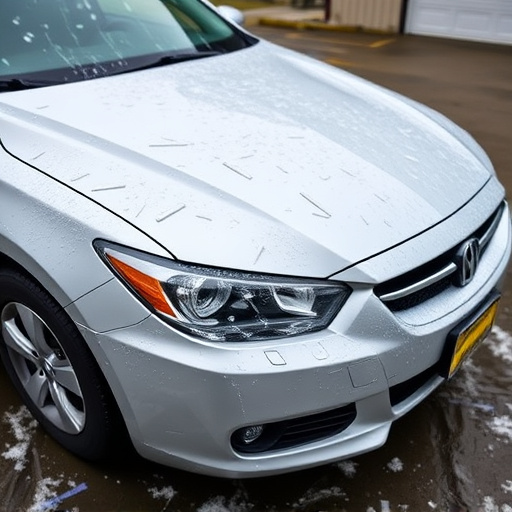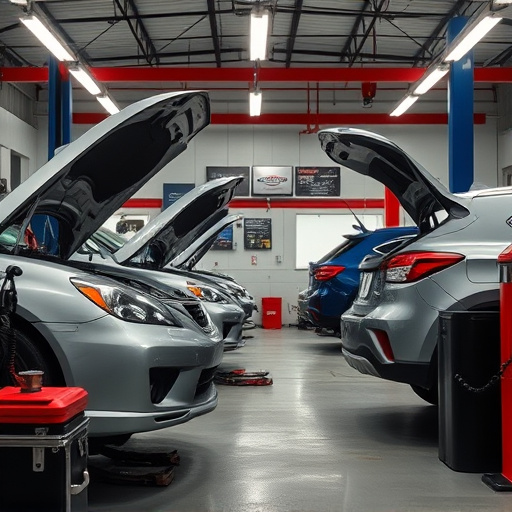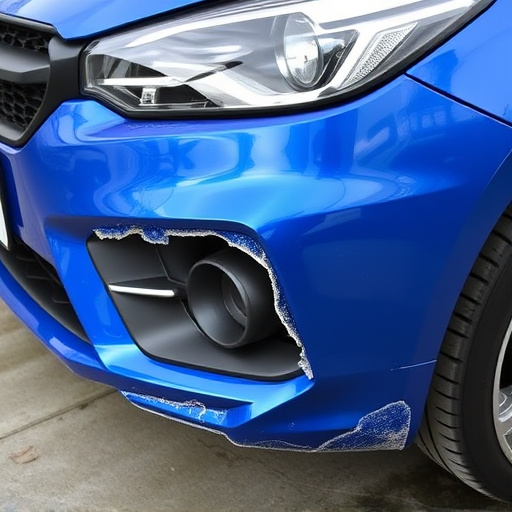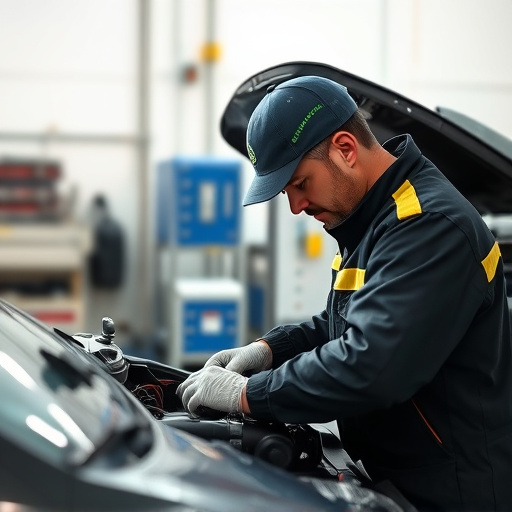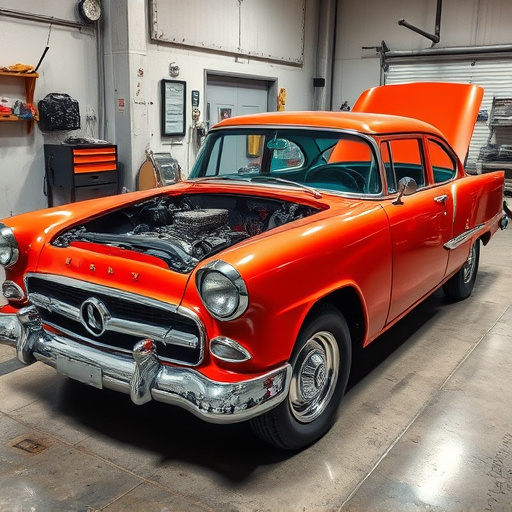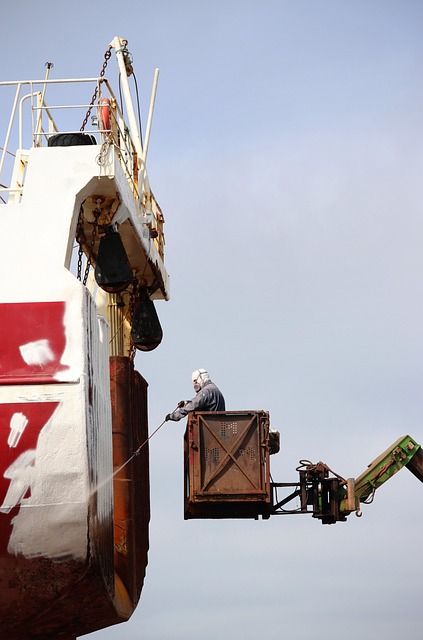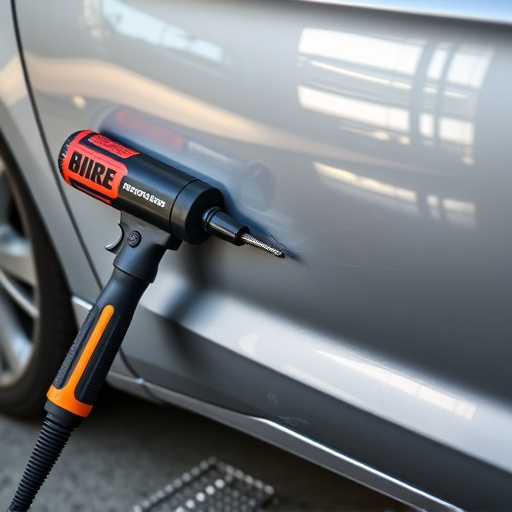Assessing and repairing flood-damaged vehicles is crucial for title status, resale value, and owner satisfaction. Professional services address structural, cosmetic (like paint), and hidden damage to maximize market value. However, due to potential internal issues and decreased performance, full restoration of original value or appeal may not always be achievable.
Flood-damaged vehicles present unique challenges in repair and reselling. This article delves into the intricate process of assessing and repairing these cars, exploring how it impacts their title status and resale value. We examine the critical steps involved in restoration, focusing on both physical repairs and legal considerations. Understanding these factors is essential for vehicle owners, buyers, and sellers navigating the complexities of flood-damaged vehicles in today’s market. Learn about the potential hurdles and long-term effects of flood damaged vehicle repair.
- Understanding Flood Damage Assessments and Vehicle Titles
- Repair Process: Restoring Physical and Legal Integrity
- Impact on Resale Value: Long-Term Considerations for Owners
Understanding Flood Damage Assessments and Vehicle Titles
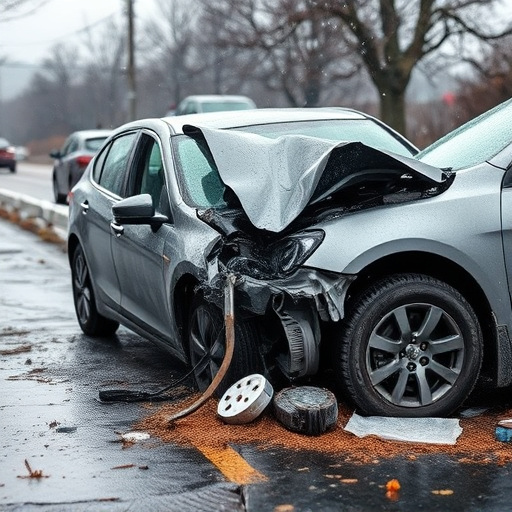
When a vehicle experiences flood damage, assessing its condition becomes a critical step in the restoration process. This evaluation is crucial because it determines the extent of repairs needed and ultimately influences the car’s title status and resale value. A thorough inspection involves examining the vehicle for water intrusion, corrosion, and functional components affected by the floodwaters.
The impact of flood damage extends beyond physical repairs; it can significantly alter a vehicle’s title history. In many regions, a car with a history of flood damage may be considered a “total loss” if the cost of repair exceeds the vehicle’s pre-flood value. This is where professional car repair services come into play. Skilled mechanics and body shop specialists offer automotive repair solutions, including expert car paint repairs, to restore the vehicle to its pre-incident condition. By documenting the restoration process and ensuring all necessary safety standards are met, these services help owners navigate the complexities of insurance claims and maintain the title integrity of their flood-damaged vehicles.
Repair Process: Restoring Physical and Legal Integrity
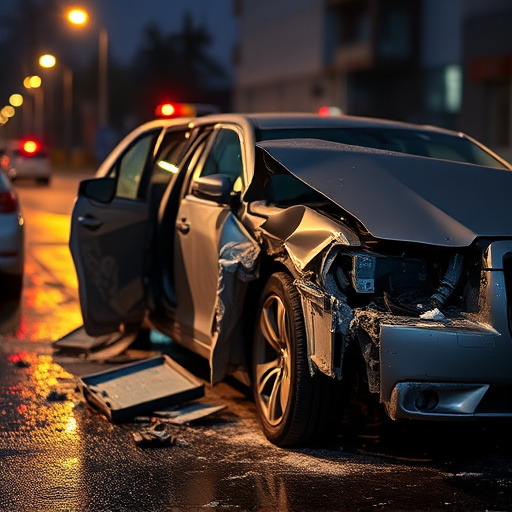
Flood damaged vehicles present unique challenges that go beyond mere physical repairs. The restoration process involves meticulous work to not only fix structural damage but also to reestablish the vehicle’s legal integrity, making it roadworthy and insurable again. This often requires extensive documentation, including detailed assessments of each component affected by the floodwater.
The journey towards repairing a flood-damaged car starts with assessing water intrusion levels and identifying components that need replacement or repair. From there, specialized vehicle body shops offer collision repair services tailored to address not just visible scratches but also hidden damage that could compromise safety. The goal is to return the vehicle to its pre-flood condition, ensuring both its physical soundness and its clear title status, which significantly influences its market value and resale potential.
Impact on Resale Value: Long-Term Considerations for Owners
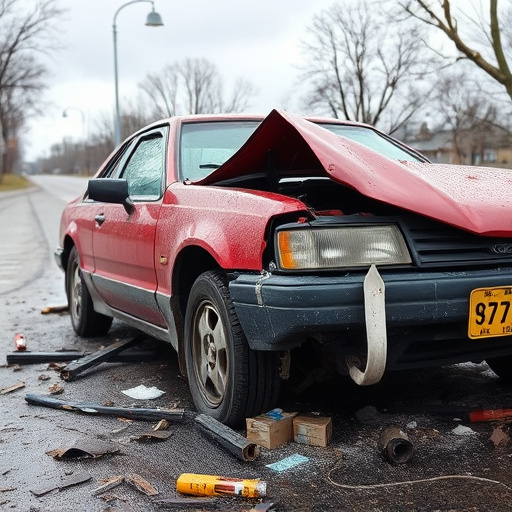
Flood-damaged vehicles present unique challenges when it comes to resale value and long-term ownership considerations. While immediate repairs, such as luxury vehicle repair or vehicle paint repair, might restore the car’s external appearance, the internal components often bear the brunt of water damage. This can result in hidden issues that may surface later, affecting the overall condition and performance of the vehicle. As a result, buyers may be reluctant to purchase a flood-damaged car, even after extensive restoration efforts, leading to a significant drop in resale value.
The impact extends beyond immediate financial losses. Classic car restoration enthusiasts might find themselves with a project that, despite meticulous repair and renovation, cannot match the value of an unharmed vehicle of the same make and model. This is particularly true for classic cars, where rarity and original condition are highly valued. Long-term ownership also involves ongoing maintenance costs and potential reliability issues stemming from water damage, further diminishing the owner’s satisfaction and the vehicle’s resale appeal over time.
Flood damaged vehicle repair can significantly impact a car’s title status and resale value. The intricate process of restoration involves not just physical repairs but also navigating complex legal considerations to ensure the vehicle’s title remains clear. Understanding these implications is crucial for owners looking to sell or insure their vehicles post-repair. By acknowledging the potential challenges and taking proactive steps, owners can mitigate risks and ensure a smoother transition back into the market for their flood-damaged vehicles.
